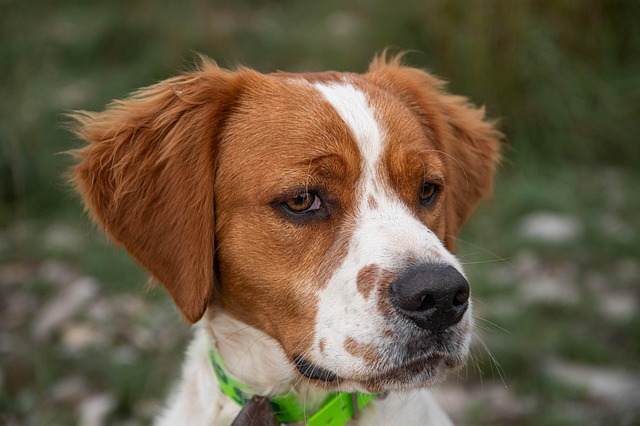
How can I tell if my dog's heatstroke is serious
Let’s be real: It’s a sticky August morning in Los Angeles, and you took your 2-year-old Golden Retriever, Max, for a walk a little later than usual
That tiny furball bounding around your living room is a bundle of joy, but as their coat starts to shed those puppy fuzzies, you might wonder—when’s the right time to start grooming? It’s a question every new dog parent grapples with. Rush in too soon, and you could turn grooming into a stressful ordeal; delay too long, and you’ll face a battle of mats and tangled nails. Navigating this decision means tuning into your puppy’s development and respecting local pet care norms.
Think of 8 weeks as the unofficial “grooming welcome mat.” By then, your puppy’s immune system has kicked into gear, better equipped to handle the mild stress of a grooming session. A soft-bristled brush becomes your secret weapon. Sit on the floor, scatter some tiny treats, and start with gentle strokes along their back. Watch their ears—if they perk up with curiosity instead of flattening in fear, you’re on the right track. This isn’t just about fur; it’s the start of a trust-building ritual.
 Baths are a whole different ballgame. Puppy skin is like tissue paper—delicate and easily irritated. Hold off until at least 8 weeks, and when that first bath day arrives, make it an adventure. Fill the tub with lukewarm water (test it on your wrist first, just like a baby bath), and reach for a hypoallergenic puppy shampoo. Skip the heavily scented products; many regions have strict regulations on chemical use in pet care, and your local groomer or vet can recommend compliant options. Five minutes in the tub is plenty—any longer, and you risk stripping away essential oils.
Baths are a whole different ballgame. Puppy skin is like tissue paper—delicate and easily irritated. Hold off until at least 8 weeks, and when that first bath day arrives, make it an adventure. Fill the tub with lukewarm water (test it on your wrist first, just like a baby bath), and reach for a hypoallergenic puppy shampoo. Skip the heavily scented products; many regions have strict regulations on chemical use in pet care, and your local groomer or vet can recommend compliant options. Five minutes in the tub is plenty—any longer, and you risk stripping away essential oils.
Nail trims can make even the bravest pet parent break into a sweat. Wait until 12 weeks, once your puppy’s used to having their paws touched during playtime. Remember, improper trimming that causes bleeding isn’t just a boo-boo—it could violate animal welfare laws in some areas. If you’re unsure, shadow your vet during a routine checkup or watch professional groomers at work. Keep styptic powder within arm’s reach, just in case.
Breed matters big time. A fluffy Samoyed puppy will need daily brushing sessions by 16 weeks to prevent matting, while a sleek Doberman can get away with a weekly once-over. Some communities have specific grooming rules for certain breeds, especially those involved in shows or competitions. Check local pet associations or online forums—your neighbors might have valuable insights on staying compliant.
Grooming is the unsung hero of puppy care. Regular brushing keeps fleas at bay and strengthens the bond between you two. Trimmed nails mean no more scratches on your new sofa and healthier joints down the road. By starting early and turning each session into a fun game, you’re creating a foundation for a lifetime of stress-free grooming. And those quiet moments with a brush in hand? They’re the perfect chance to whisper sweet nothings to your furry sidekick.

Let’s be real: It’s a sticky August morning in Los Angeles, and you took your 2-year-old Golden Retriever, Max, for a walk a little later than usual

You're enjoying a summer afternoon at the park when you notice your dog has stopped panting and appears disoriented - their gums are bright red

Let’s paint the picture: You’re in your Denver apartment, watching your 4-year-old Boston Terrier, Ruby, plop down mid-play session with her favorite toy

Many dog owners notice their pets nails seem shorter after regular walks,but how much does this daily activity actually help?The answer depends on where you walk—concrete sidewalks or asphalt streets gently file nails as a dog's paws hit the ground

Most dog owners notice their pup scooting across the carpet at some point, but few connect it to impacted anal glands. These small sacs near a dog’s rectum secrete a scent for marking territory

Most vets agree that regular dog teeth cleaning is key to avoiding painful dental issues later. For healthy adult dogs, a professional cleaning at the vet’s office every 12 to 18 months usually works well.